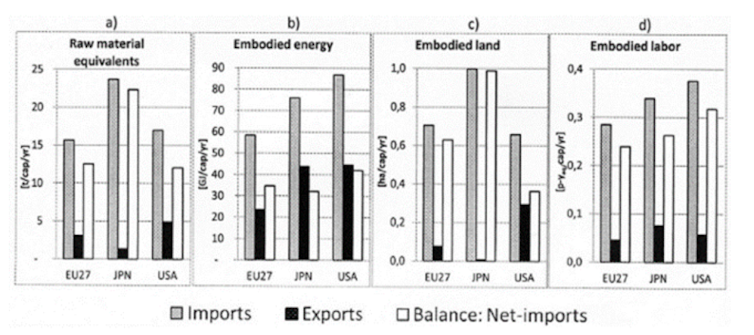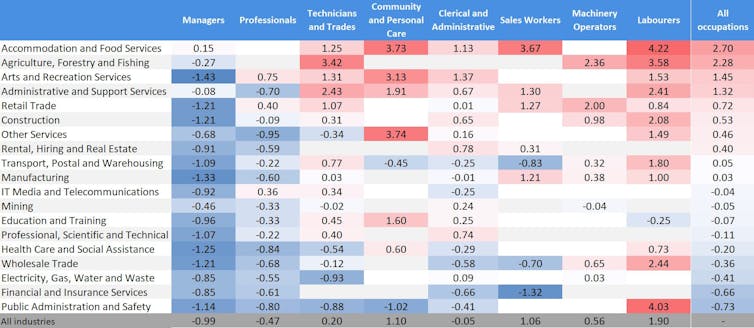The Liberals are always urging the business community to get onto the political battlefield and argue for what it believes, rather than leaving the space to the ACTU, GetUp! and others on the left.
The Business Council of Australia in particular has felt the heat. In 2016 Victorian Liberal president Michael Kroger said of the BCA, “these people have got no idea how to influence public opinion” and called for its chief executive, Jennifer Westacott, to be sacked.
Now the BCA has taken up the challenge to join the fray, a decision that might be described as “courageous”, in the Yes Minister use of the word. Westacott is on the frontline in what has become the toughest of gigs, given the shocking disclosures, and subsequent fallout, in the financial sector.
Just this week, on Monday AMP’s chairman Catherine Brenner quit, while a day later the Australian Prudential Regulation Authority (APRA) released a scathing report on Commonwealth Bank wrongdoing after an inquiry into allegations that it facilitated money laundering.
With the BCA conducting an “Australia at Work” advertising campaign to counter anti-business sentiment and running local forums around the country in conjunction with Sky, Westacott was on Perth radio on Tuesday prosecuting the message.
The BCA represents some 130 of the biggest companies – among them, all four major banks and AMP.
Questioned about corporate bad behaviour including that perpetrated by other major companies as well as the financial institutions, Westacott admitted “we’ve got huge issues in the business community to fix, and my advice to boards and to CEOs is to fix them and fix them fast”.
“Business has got to get back to its purpose of providing excellent service to its customers, treating its employees properly, treating its suppliers properly,” she said. She pointed to the BCA having pushed its companies to pay small businesses in 30 days – a good move, but surely a very modest one, in the wider scheme of things.
But Westacott’s warning was: “If we allow [the bad behaviour] as an opportunity for this anti-business movement that has been there … for a long time, to get a stranglehold on the policy agenda of our country, we will be poorer for it”.
Earlier, in Tuesday’s Australian, Westacott wrote that indefensible behaviour “has handed anti-business campaigners a fresh excuse to seek to punish the engine of Australia’s prosperity.”
Just as, anyone into scoring tit-for-tat points could say, the bad behaviour of some unions – the most notable being the Construction, Forestry, Maritime, Mining and Energy Union – has handed the anti-union campaigners very useful weaponry.
That’s what happens with reputational damage. Its impact can be both deep and broad. This is one reason why some companies are very concerned, for example in their climate change and environmental policies, with living up to what they understand to be the “social licence” they have.
Very obviously, reputational damage is a hazard for governments. We see this as Treasurer Scott Morrison (who incidentally, unlike his predecessor Joe Hockey, is not personally close to the big end of town) struggles in responding to the serial revelations about the financial sector.
In this case, the reputational damage has two dimensions.
Firstly, the fact the government resisted the royal commission until it could do so no longer means people apply a discount to the various measures it did take – for example the provision in the 2017 budget that before appointing senior executives and directors, banks need to register them with APRA.
On Tuesday Morrison was out with strong language saying that the APRA report condemning the CBA “should be a wake-up call for every board member in the country”. He’s quite right. But Labor was quick to counter by claiming that Morrison – as shown by his opposition to the banking royal commission – “gets the big calls wrong”.
Secondly, the banks’ bad name has boosted the case of those arguing that they should not receive a company tax cut, via the package the government is trying to get through the Senate. The economic argument that there are separate issues involved finds it hard to compete with the more emotive one.
Late last week there was a notable example of a minister trying to repair personal reputational damage she’d suffered.
In an excruciating TV interview Minister for Financial Services Kelly O’Dwyer, following the government talking points, had refused to acknowledge the government should have called the royal commission earlier. She was pilloried. A few days later, off her own bat after Malcolm Turnbull had admitted prompter action would have left the government better off politically, she said, “With the benefit of hindsight we should have called it earlier. I am sorry we didn’t, and I regret not saying this when asked earlier this week.”
In talking about the campaigning it will undertake as the election approaches Westacott says the BCA will “take on issues across the political spectrum”. In practice, however, the BCA will be seeking to reinforce the case of one side.
“Some will claim this is yet another anti-GetUp! campaign,” Westacott wrote.
GetUp! certainly sees it that way. On Tuesday the activist group was appealing for funds to help it “double down on our organising efforts for the next election, and leverage the latest in technology and tactics, to start winning the fight against destructive corporate power.”
Author: Michelle Grattan, Professorial Fellow, University of Canberra








